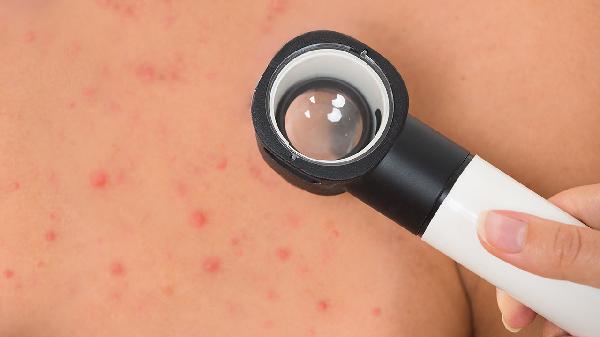Ever wondered how long it takes for shaved hair to grow back? The short answer: about half an inch per month, but there’s way more to the story. Your hair’s comeback tour depends on genetics, age, health, and even the season—so buckle up, because we’re diving deep into the science and surprises behind your strands’ regrowth timeline.

Hair doesn’t just grow willy-nilly—it follows a structured cycle with three key phases. First up, the anagen phase (growth mode), where your hair actively sprouts for 2–7 years (yep, years). Next, the catagen phase (transition time) lasts about 10 days as follicles shrink. Finally, the telogen phase (resting period) lets old hairs fall out to make room for new ones. When you shave, you’re cutting hair in the anagen phase, so regrowth kicks in immediately—but speed depends on how long your personal anagen phase lasts. Genetics call the shots here; some people have marathon-length anagen phases, while others sprint through them.
Your hair’s regrowth timeline isn’t just about waiting around. Age plays a role—teens and young adults often see faster growth, while post-40, things might slow down. Nutrition is huge: protein, iron, and vitamins A/C/D feed follicles, but crash diets can stall growth. Hormones (looking at you, thyroid and testosterone) can turbocharge or sabotage progress. Even stress and sleep matter—cortisol spikes can push hairs into the telogen phase early, while solid Zzz’s support repair. Oh, and seasonal changes? Many people notice faster growth in summer (thanks, vitamin D and increased blood flow).
Forget the TikTok hacks—rubbing onion juice or standing on your head won’t magically speed things up. But proven strategies exist: scalp massages boost circulation (5 minutes daily can help), while minoxidil (aka Rogaine) extends the anagen phase for some. Laser therapy devices show modest results by stimulating follicles. And let’s talk heat damage—over-styling can weaken strands, making regrowth look slower because hair breaks before it reaches length. The real MVP? Patience. Hair growth is a marathon, not a sprint.
If you’re seeing patchy regrowth, excessive shedding, or zero progress after 3 months, it’s time to investigate. Alopecia, thyroid disorders, or nutrient deficiencies (like low ferritin) could be culprits. A dermatologist can run tests—sometimes fixing iron levels or balancing hormones gets growth back on track. And if you’ve recently had chemotherapy or major surgery? Regrowth might take 6–12 months as your body heals.
So, how long until your shaved hair is back to its glory days? On average, 3–6 months for noticeable length, but full recovery could take a year or more. The key takeaway? Your hair’s timeline is as unique as your fingerprint—so treat it right, ditch the gimmicks, and let biology do its thing.
























